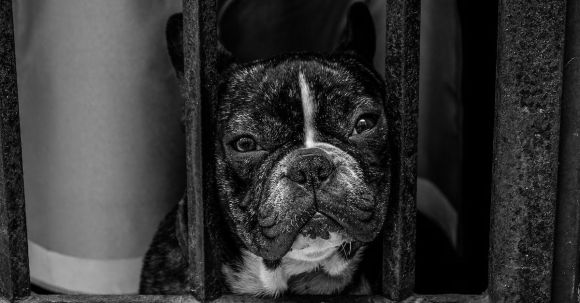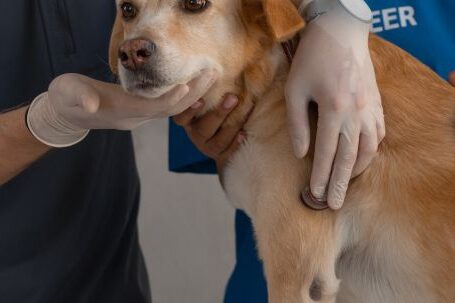Assessing the English Bulldog’s Movement
The English Bulldog is a unique and beloved breed known for its distinctive appearance and charming personality. However, one aspect that often goes overlooked is the importance of assessing their movement. Understanding and evaluating a Bulldog’s movement is crucial for breeders, owners, and judges alike. In this article, we will explore the key factors to consider when assessing the English Bulldog’s movement.
Understanding the Breed Standard
Before delving into the intricacies of Bulldog movement, it is essential to have a solid understanding of the breed standard. The breed standard outlines the ideal characteristics and structure for a Bulldog. Familiarize yourself with the standard to gain insights into what is considered desirable in terms of movement.
Observing the Gait
When assessing a Bulldog’s movement, it is crucial to observe its gait. The gait refers to the particular way a dog moves, including the rhythm, balance, and coordination of its steps. A Bulldog’s gait should be smooth and effortless, showcasing power and agility despite its stocky build.
Analyzing the Front Movement
The front movement of an English Bulldog is an essential aspect to evaluate. Start by observing the dog’s shoulder angulation and the extension of its front legs. The front legs should move straight and parallel, with elbows neither turning in nor out. The dog’s movement should appear effortless and free from any signs of stiffness or discomfort.
Assessing the Rear Movement
Equally important is assessing the rear movement of an English Bulldog. The hind legs should provide strong propulsion, enabling the dog to move with purpose. Observe the dog’s drive and reach from behind, taking note of any signs of weakness or lack of coordination. The rear legs should move in a straight line, with hocks neither turning in nor out.
Evaluating the Topline
The topline refers to the line running from the dog’s withers to its tail set. When assessing a Bulldog’s movement, pay attention to its topline. A correct topline is level and firm, indicating good overall balance and structure. A Bulldog with a weak topline may exhibit a rolling or swaying motion when in motion, which can affect its overall movement quality.
Considering the Head Movement
Although not directly related to the Bulldog’s body movement, the head movement can provide valuable insights. A Bulldog’s head should remain level and steady while in motion, with minimal bobbing or nodding. Excessive head movement can be a sign of poor balance or structural issues.
Assessing the Overall Impression
In addition to evaluating specific aspects of the Bulldog’s movement, it is crucial to consider the overall impression. The dog should move with confidence and purpose, exhibiting a harmonious blend of power and grace. A Bulldog that appears uncomfortable, hesitant, or uncoordinated may indicate underlying issues that require attention.
Conclusion: Promoting Healthy Movement
Assessing the English Bulldog’s movement is an essential skill for breeders, owners, and judges. By understanding the breed standard, observing the gait, evaluating the front and rear movement, analyzing the topline, considering the head movement, and assessing the overall impression, one can gain valuable insights into a Bulldog’s movement quality. Promoting healthy movement is not only crucial for the dog’s well-being but also for maintaining and improving the breed’s standard.





